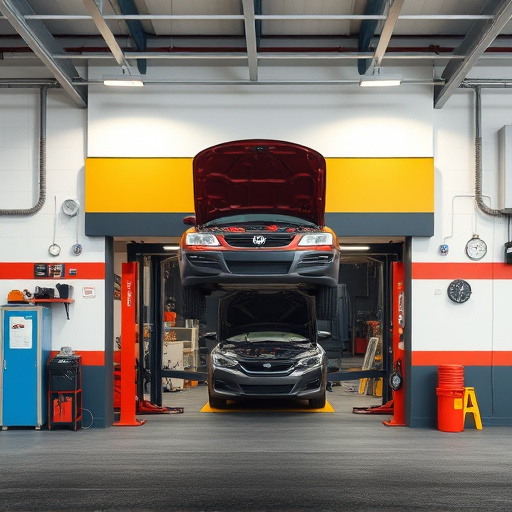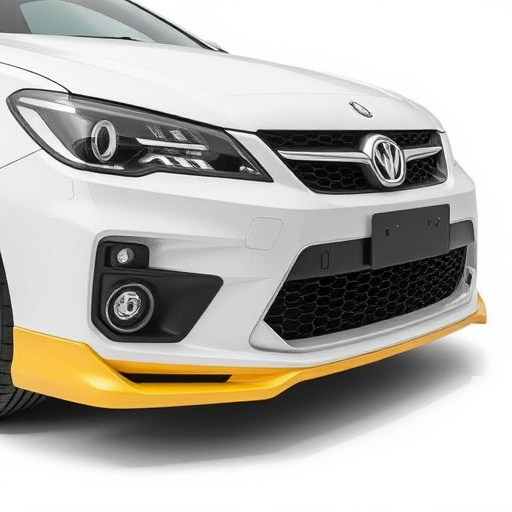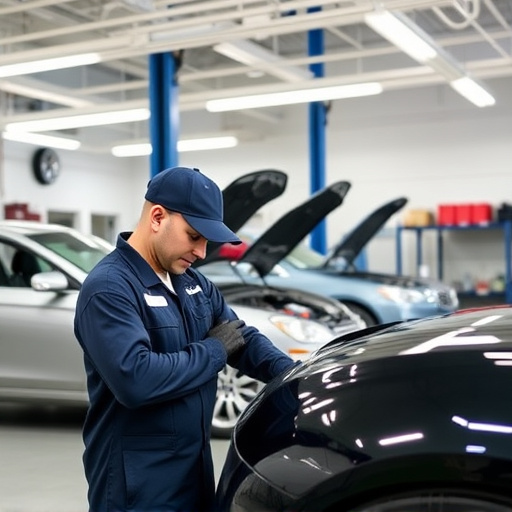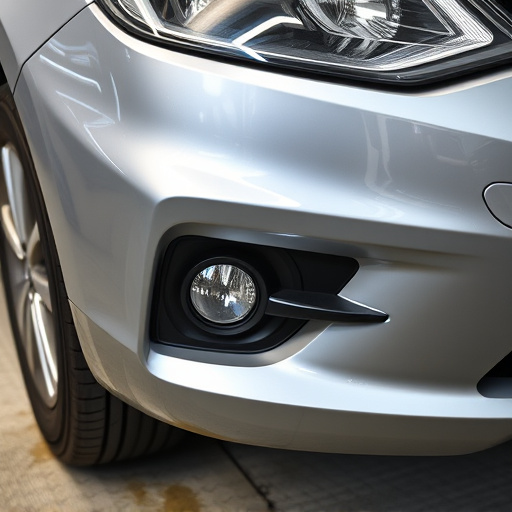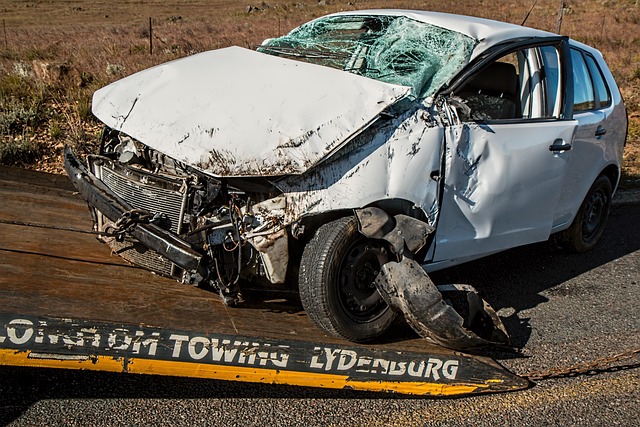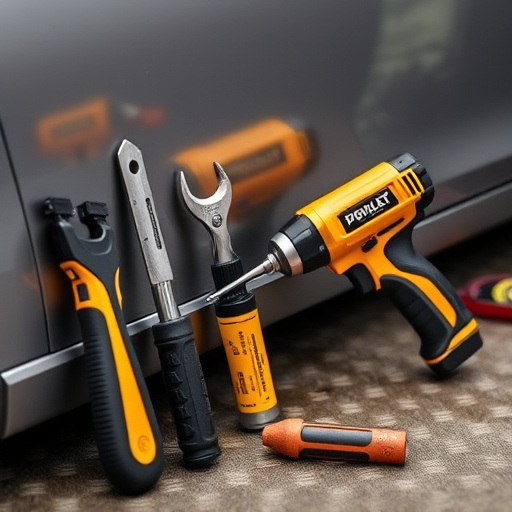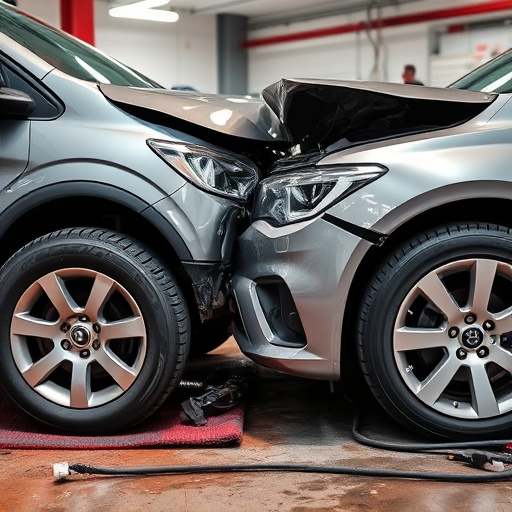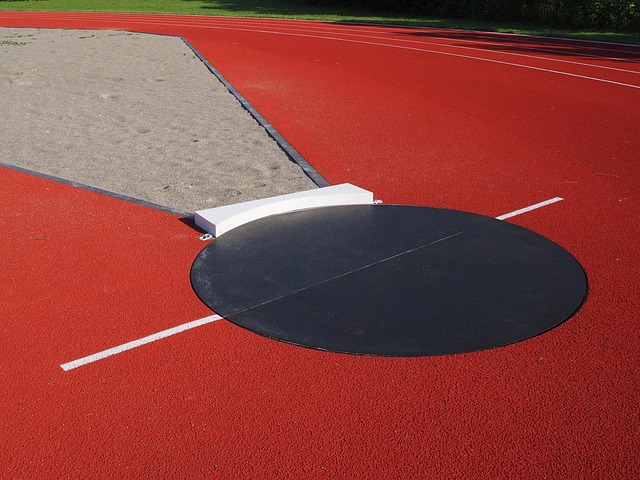PDR for Body Shops: This section emphasizes the benefits of Paintless Dent Repair (PDR) for minor exterior vehicle damage, such as dents, creases, and cracks. Key criteria for PDR eligibility include structural integrity, limited to outer panels, and small, shallow dent size. Effective staff training using interactive workshops, visual aids, and role-playing scenarios is crucial for accurate identification of PDR-eligible damage. This streamlines body shop operations, enhancing efficiency in collision repair services while prioritizing customer satisfaction. Regular performance tracking and feedback ensure continuous improvement in training programs.
Training staff to identify PDR (Paintless Dent Repair) eligible damage is crucial for body shops aiming to enhance service efficiency and customer satisfaction. This article guides you through understanding various types and criteria of PDR-eligible damage, effective training methods for precise identification, and implementing performance tracking to ensure consistent expertise in PDR for body shops. Discover strategies to empower your team in delivering top-notch, cost-effective repairs.
- Understanding PDR-Eligible Damage: Types and Criteria
- Training Methods for Effective Identification
- Implementing and Tracking Staff Performance in PDR Recognition
Understanding PDR-Eligible Damage: Types and Criteria
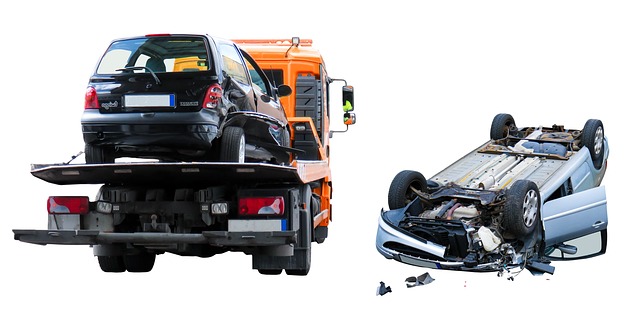
PDR-eligible damage refers to specific types of vehicle body repairs that can be performed through the Paintless Dent Repair (PDR) method. This technique is a game-changer in the auto body services industry, offering both cost and time savings compared to traditional panel beating methods. Common PDR-eligible damages include dents, creases, and minor cracks on the exterior of vehicles. These issues can often be addressed without painting or replacing parts, making it an efficient solution for vehicle body repair.
The criteria for determining if damage is PDR-eligible involve several factors. First, the damage must not affect structural integrity. Second, it should be limited to the outer panel(s) of the vehicle. Lastly, the size and depth of the dent or damage play a significant role; smaller, shallower dents are typically ideal candidates for PDR, whereas larger or deeper damages might require more intensive auto repair services. Understanding these criteria is essential for staff training, ensuring that they can accurately identify suitable cases for PDR using tools like magnifying glasses and digital imaging to assess the damage meticulously.
Training Methods for Effective Identification
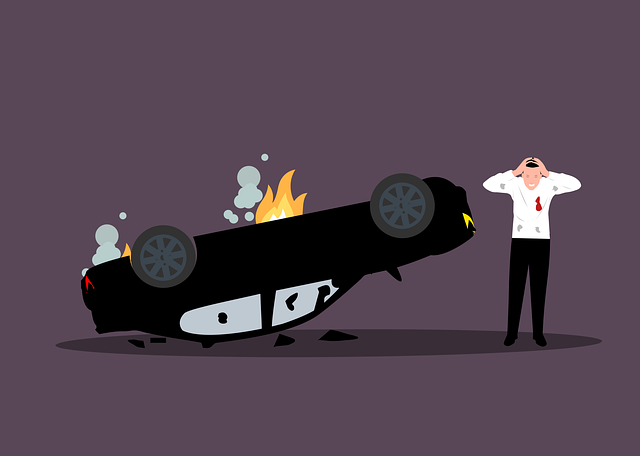
Training staff to identify PDR-eligible damage is a meticulous process that requires a blend of theoretical knowledge and practical application. Effective training methods for this specialized skill set involve interactive workshops, hands-on demonstrations, and real-world case studies. By providing staff with a deep understanding of PDR principles, they can confidently assess and categorize various types of damage, from minor dents to complex panel replacements.
Utilizing visual aids, such as high-quality images and videos showcasing before-and-after transformations through PDR, helps employees internalize the process. Additionally, role-playing scenarios enable them to practice communication skills, explaining repair options and estimates to customers in a clear and professional manner. Emphasizing precision and attention to detail is paramount; staff must learn to discern subtle nuances in car body restoration, ensuring every eligible damage claim is accurately identified for optimal PDR outcomes within collision repair shops.
Implementing and Tracking Staff Performance in PDR Recognition

Implementing effective training programs is key to empowering staff at collision repair centers to identify PDR-eligible damage accurately. This involves equipping employees with the necessary skills and knowledge to assess vehicles for potential paint repair (PDR) candidates, ensuring they understand the intricacies of identifying minor dents, scratches, and dings that may go unnoticed by untrained eyes. Regular workshops, interactive demonstrations, and hands-on practice sessions can greatly enhance their ability to recognize PDR opportunities.
Tracking staff performance is an integral part of this process. By setting clear metrics and goals for PDR recognition, management can monitor the progress and success of these initiatives. This involves regularly reviewing assessment reports, comparing actual damage against expected outcomes, and providing constructive feedback. Such tracking allows for continuous improvement in training programs and ensures that staff members remain focused on delivering high-quality car repair services while identifying suitable cases for PDR, ultimately enhancing customer satisfaction at vehicle paint repair facilities.
Training staff to identify PDR (Paintless Dent Repair) eligible damage is a game-changer for any body shop aiming to enhance its efficiency and reputation. By understanding the types and criteria of PDR-eligible damage, implementing effective training methods, and tracking performance, shops can ensure their technicians are equipped to handle a wide range of dent repair needs without the need for traditional panel replacement. This not only reduces costs and turnaround times but also boosts customer satisfaction by preserving the original factory finish on vehicles. Embracing PDR for body shops means staying ahead in a competitive market and delivering top-notch services that drive business growth.
